
David Attenborough talks about the making of Blue Planet II, and the peril of plastic in our oceans
The sequel to the hit 2001 BBC series took film crews around the world, including the frigid waters of the Antarctic and to depths of 1,000 metres. Along the way they filmed previously unseen behaviours and paid witness to the destruction caused by humans
For Blue Planet II, the sequel to the landmark 2001 BBC series, producer Orla Doherty and her team spent a total of 500 hours at depths of 1,000 metres in Earth’s “inner space”. And on her first Antarctic dive, descending into frigid waters of minus 1.6 degrees Celsius, things didn’t quite go to plan. At 450m, she noticed a puddle “gathering at the bottom of the sub”.
Sir David Attenborough, who at 91 is no longer able to join such voyages in person, watched the footage jealously from the safety of a studio while he put together his narration. “I would have thought what that water was if it had been me!” he jokes.
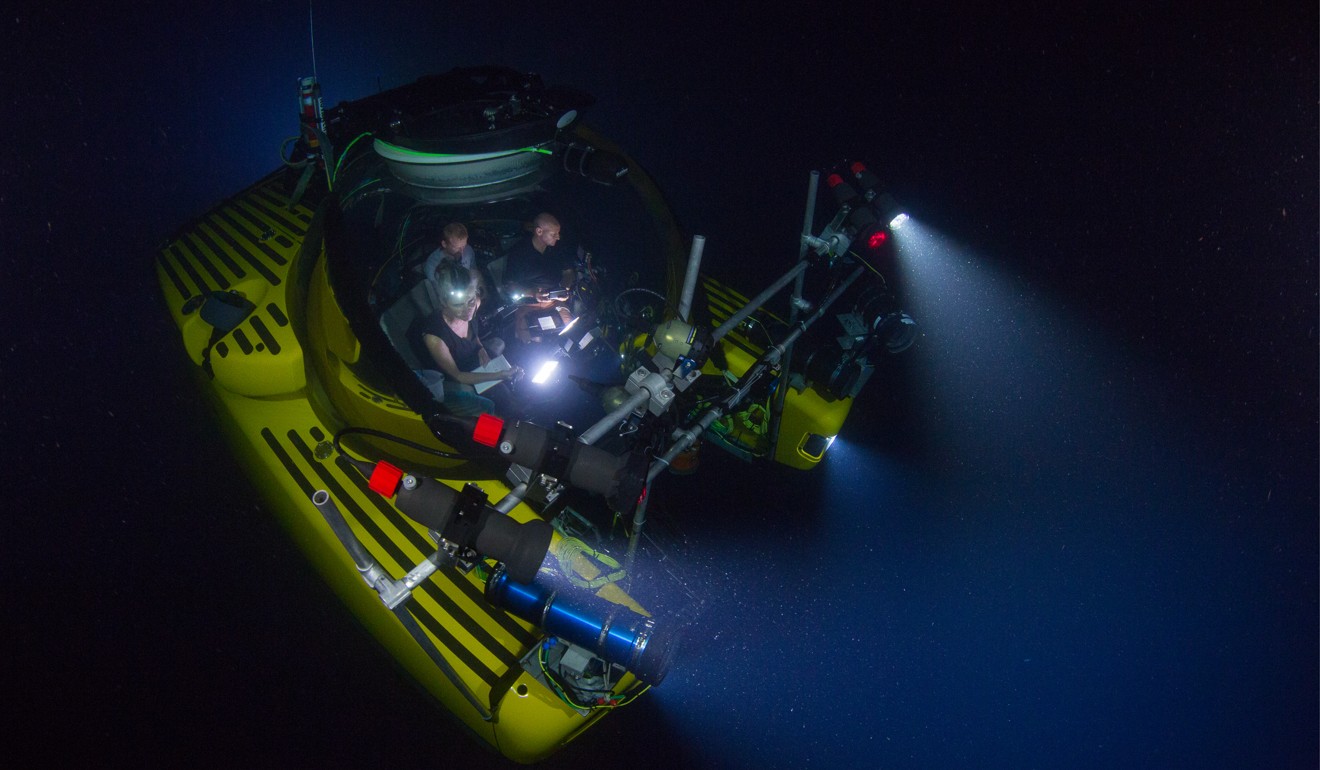
Suffice to say, Doherty survived to tell the tale (an adventure that included spotting fish with antifreeze in their veins and swarms of krill that glow in the dark).
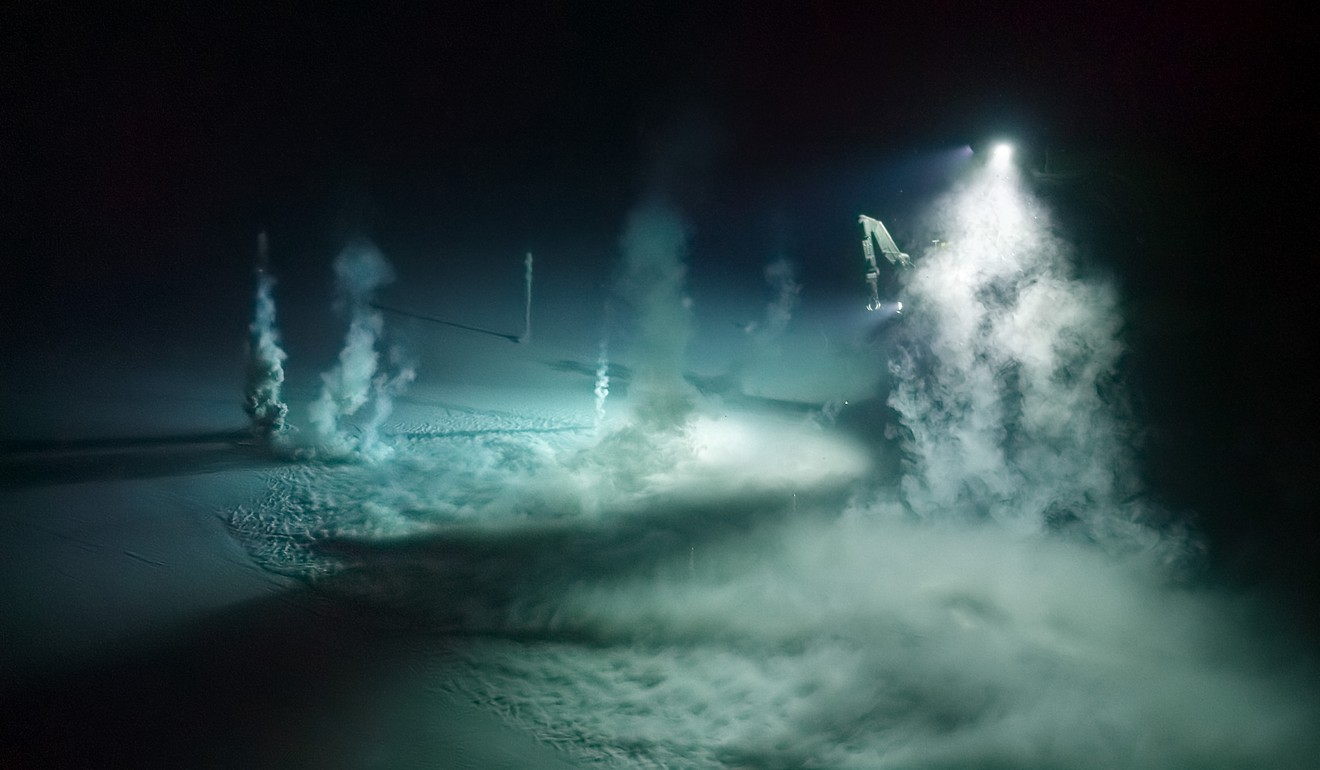
Plastic waste from US and Europe winding up in Arctic graveyard
If the first episode is anything to go by, Blue Planet II is a banquet for the eyes and a fiesta for the ears, with a soaring score from Oscar-winning composer Hans Zimmer. It boasts high drama, comedy, romance and pathos.
Moreover, Asia takes a starring role, with Asian sheepshead wrasse filmed in Japan, broadclub cuttlefish shot in Indonesia and coral reefs captured in the Philippines.

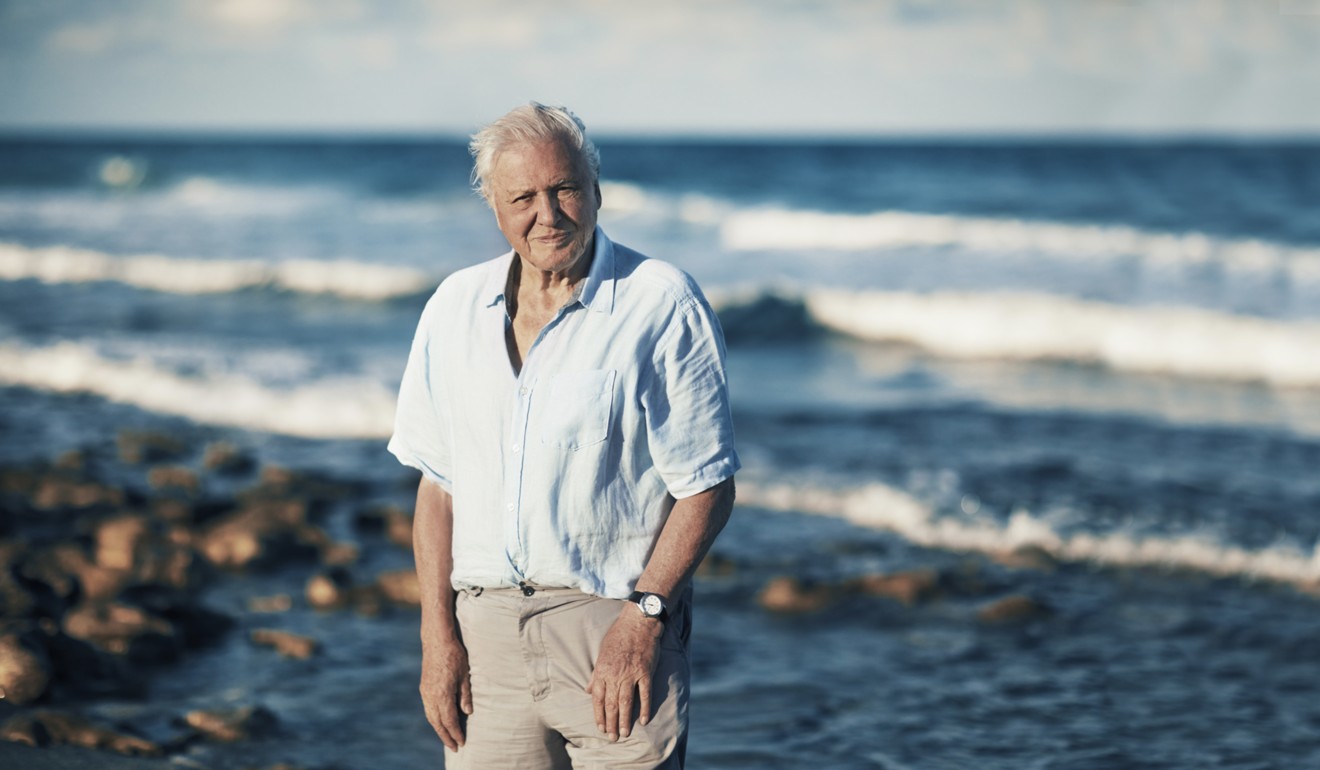
David Attenborough at 90: TV’s last colossus looks ahead
“And, of course, what we do now is throw thousands of tons – a day – into the sea, where it doesn’t rot. Worse than that, it breaks up into little fragments. Birds will travel round the world collecting squid or fish, come back after three weeks to feed their nestlings – and we filmed them – out of the beak of the mother comes, not food, bits of broken plastic.”

If US President Donald Trump were in front of you, I ask, what message would you want to deliver? The broadcaster shoots me a look a pyjama shark might give a common octopus, before adding sharply: “Well, the obvious message of what the films say: ‘Just please look at the films, see the evidence’.”
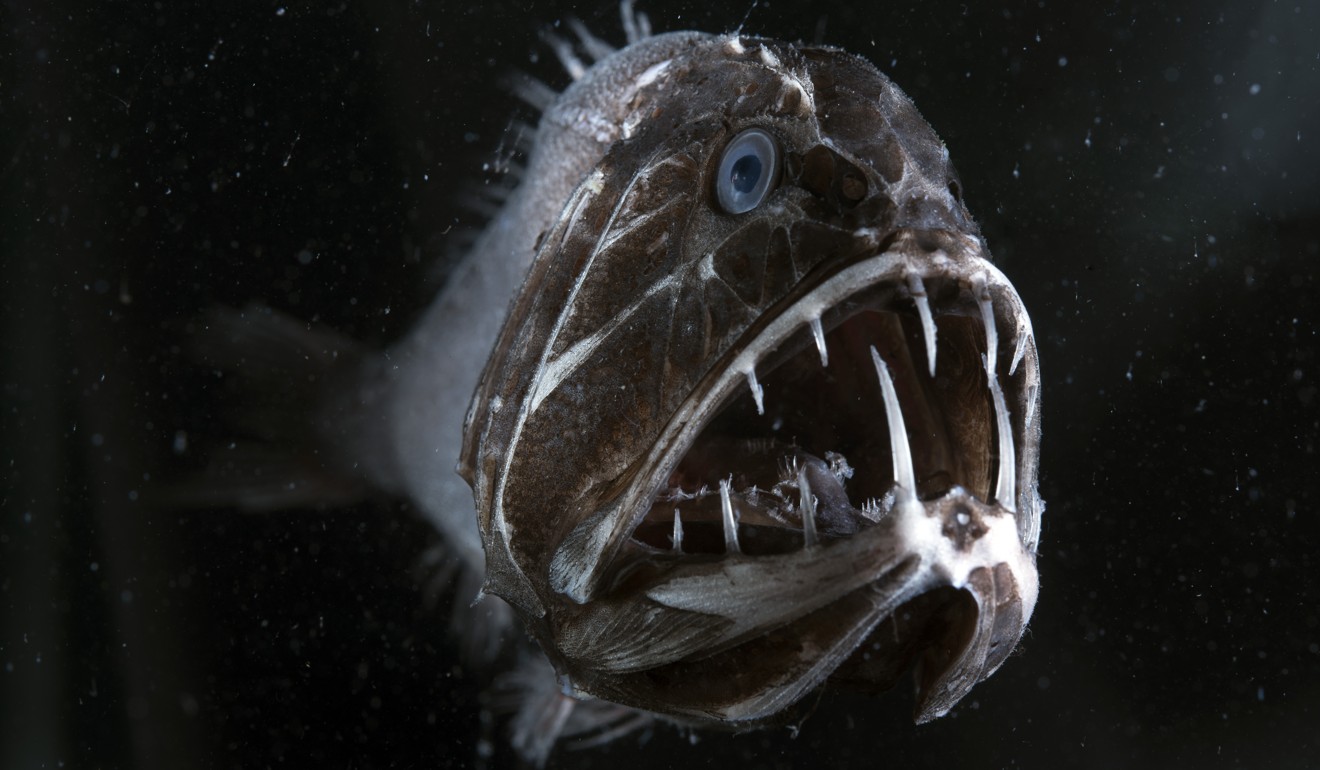
“I get between 20 to 30 letters a day. The overriding thing that people are saying is that when you’ve got all the worries in the world that there are, with Brexit, with North Korea, with Trump, just to be able to look at something in which human beings aren’t the prime player, where there is beauty, wonder, astonishment, history, biology, and above all, truth [he fixes me with a stare as he emphasises the word], which is not as common a commodity on television as you might think …” Attenborough pauses before adding with a smile: “We come home at night – and that’s what we want to watch.”
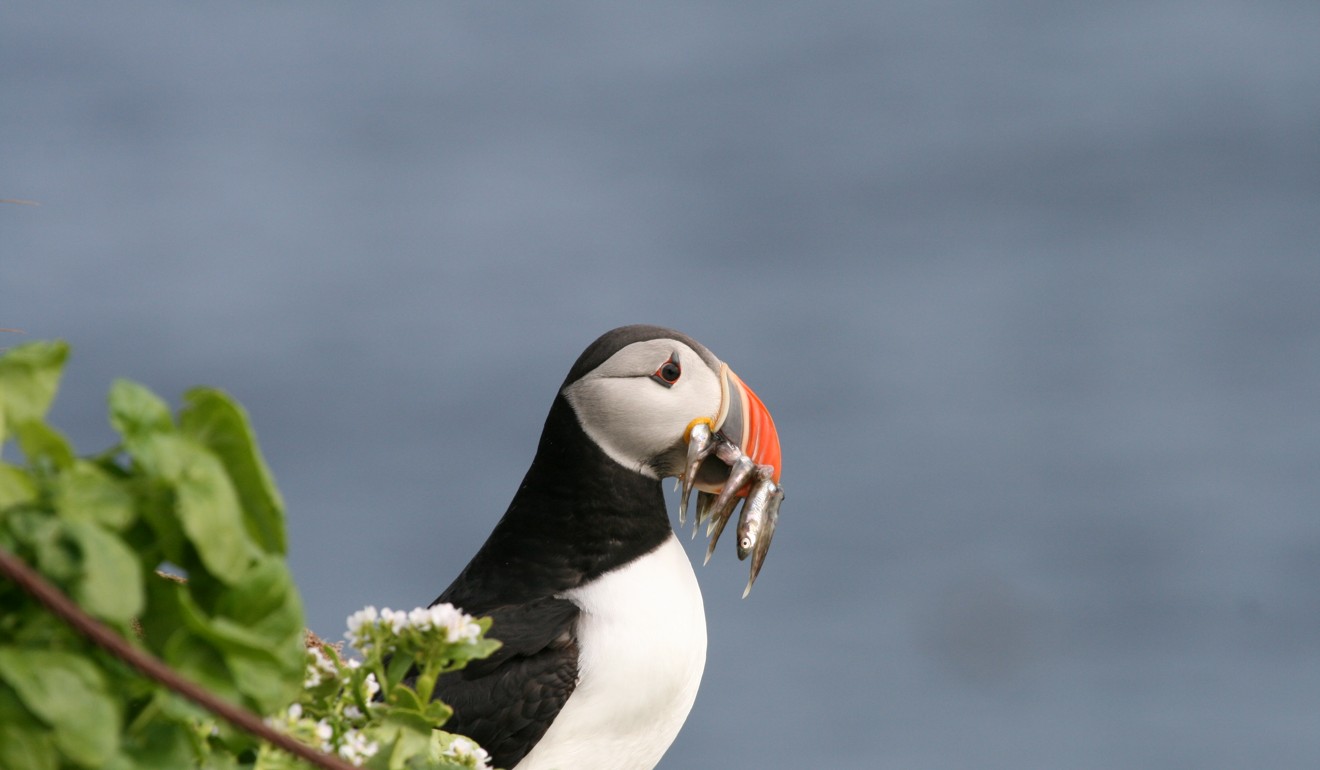
Blue Planet II premieres on BBC Earth (Now TV On Demand) at 4am on October 30. The episode will be shown again at 8pm on October 31.

